By Soh Rui Yong
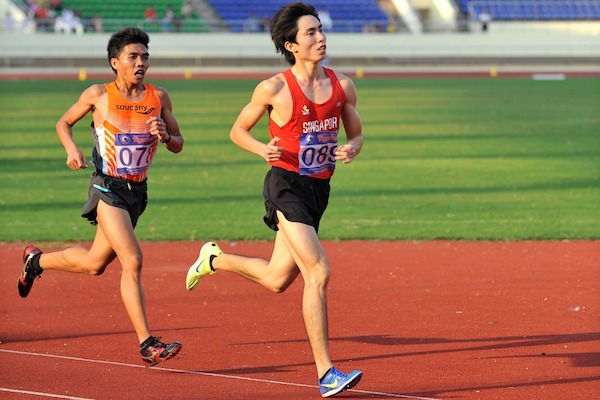
Soh Rui Yong (right) in a duel for the bronze with Rafael Poliquit of the Philippines. Rafael eventually edged out Rui Yong down the final stretch. (Photo 1 © Liu Yuhong. Courtesy of Soh Rui Yong)
Vientiane, Tuesday, December 18, 2012 — “In Lane 1, Soh Rui Yong of Singapore!”
The stadium announcer bellowed into the loudspeaker over the din of screams and drum-beats. It was time for the men’s 10,000m final, and here I was, toeing the start-line, with the greatest Indonesian distance runner ever, Agus Prayogo, right next to me.
Though we had just met in the 5,000m final three days before, Agus and I had already become good friends, chatting and laughing merrily over morning jogs around the Athletes’ Village and lunches in the dining hall. We could go on for hours talking about training, comparing costs of living in our countries, and even discussing relationships, marriage, and life after we hang up our racing spikes.
Meeting his eye, our cold, icy game faces briefly melted into warm smiles, as we exchanged handshakes.
“Good luck, Agus.”
“You too, my friend.”
A minute later, the starter’s gun cracked into the clear Vientiane skies, and the race I had been preparing for whole year round, the ASEAN University Games men’s 10,000m final, was underway.
A Look Back
My interest in competing at the ASEAN University Games (AUG) stemmed from watching my Rafflesian and National University of Singapore (NUS) seniors such as Madankumar Balakrishnan (800m/1500m) and Mok Ying Ren (5000m/10000m) representing our nation at the previous edition in 2010, hosted by Chiang Mai. At the same meet, sprinter Md Elfi Mustapa put in a groundbreaking performance, winning the 100m gold medal for Singapore in 10.59 seconds. Listening to tales of the AUG, especially those of the formidable distance runners from countries such as Vietnam and Indonesia made me keen to train hard and represent my country at the regional games one day.
My mind flashed back to the months of tough training I had endured in preparation for the AUG. Doing my off-season base training with the Raffles Institution cross country team as they prepared for the national schools championships; travelling to Malaysia for the Negeri Sembilan Open; representing Singapore at the World Half Marathon Championships in Karvana, Bulgarial; putting in 20 x 400m and 10 x 1000m interval sessions late into the night on the NUS track, before rushing back to my room in Kent Ridge Hall to prepare for presentations due in class the next day. Every single training session and competition was aimed at getting me into the best possible shape for the ASEAN University Games.
My journey to Laos had been difficult and draining, to say the least. Outside of classes, I struggled with life as a student-athlete, doing my best to balance both my studies and my athletic pursuits, while trying not to be a complete social hermit at the same time. Training was heavy, university workload was worse, and eight hours of rest a night were the bare minimum that I required to stay healthy. It was a tedious and demanding path, but it was the path that I had chosen.
Admittedly, there were times when I did ask myself why I was pushing myself so hard, why I was pursuing excellence in such a physically and mentally demanding sport, which few others understood and appreciated, instead of just settling for a normal university student life. Coming back from Bulgaria after the World Championships, I was absolutely exhausted from my exertions in the half marathon, combined with the jet lag I suffered due to the time difference between Bulgaria and Singapore.
However, I was due to run the 10,000m at the National U-23/Open Championships six days after my return in order to qualify for the AUG. Thankfully, I was able to shake off my fatigue and run 33 minutes 14 seconds, meeting the 34min 15sec qualifying mark.
With my AUG ticket booked, I faced another hurdle to clear in the form of the NUS semester-end examinations. Despite my best efforts to keep up with my schoolwork so as to avoid having to burn midnight oil nearer to exams, the papers still proved to be significant disruptions to my training plans, and I lost a good deal of energy, momentum and fitness over the examination period.
Thankfully, I avoided falling sick despite the stressful period of exams, and was able to jump right back into training the day my final paper ended, reigniting my AUG preparations with a 1hr 15min 06sec clocking for the hilly Sentosa/AYE half marathon race course at the 2012 Standard Chartered Marathon Singapore (SCMS) the day after my final paper. My performance at the SCMS told me that though I was not at my best, I hadn’t lost all of my hard-earned fitness either.
10 days and a couple of tough workouts later, I boarded the plane to Laos together with the rest of the Singapore track team, quietly confident that I had whipped myself back into reasonable shape.
The 5,000m Final
A quick check of the start-list when I was in the Athletes’ Village showed that I was to go up against intense competition. Agus Prayogo of Indonesia won both the South-east Asian (SEA) Games 5,000m and 10,000m gold medals (personal bests: 5000m — 14:02, 10,000m — 29:22) while Nguyen Van Lai, who won the bronze behind Agus in both events, is the Vietnamese national 5000m record holder (14:38).
Also in the start list was experienced racer Sanchai Namkhet of Thailand, an athlete capable of running in the low 15min range for the 5000m, as well as a duo of Filipino athletes, Rafael Poliquit and Richard Salano, both of whom had season bests in the mid 32min range for the 10,000m, far quicker than the 33:14 I had clocked in my debut at the distance. Nonetheless, I remained confident that what I lacked in terms of personal bests or fitness, I could make up with smart running and fighting spirit.
Prior to the 5,000m final, I had anticipated both my races to go the same way – Agus Prayogo to grab the lead from the gun, run a punishing pace, and leave anyone foolish enough to go with him for dead, just as he had done in the SEA Games last year.
As it turned out, Agus did grab the lead from the start of the 5000m and set a quick, but not brutal, pace, which the whole field apart from myself was keen to follow. Dropping immediately to the back of the field, I planned to gradually move my way up as the runners in front grew tired from trying to go with Agus.
Unfortunately, a misjudgement on my fifth lap saw me trapped behind a Filipino and a Laotian athlete on the bend, while the top three consisting of Agus, Van Lai and Sanchai opened up a gap on the rest of the field. I had to put in a surge of speed to move from sixth into fourth and catch up with them. That acceleration cost me precious energy and disrupted my momentum.
When Sanchai put in his bid to win the race with 1,900m to go, making a big move from third place into first place and pushing the pace down from 73 seconds per lap to 71 seconds per lap, I simply did not have the legs to go with the leading trio, as Van Lai produced an excellent final 400m in 56 seconds to defeat Agus convincingly. Fading badly, I finished the race in 15:40, not far of my personal best of 15:36, but far from what I knew I was capable of.
Later at the training track, Agus invited me to do a cool-down jog with him, and I had the honour of having a conversation with one of the best distance runners ever to grace the SEA Games. I discovered that he had been taking a well-deserved break from training after three years of hard training for the 2009 SEA Games in Vientiane, the 2010 Asian Games in Guangzhou, where he broke both the 5,000m and 10,000m Indonesian national records, and finally the 2011 SEA Games in Palembang.
Agus had only started to train hard again two weeks prior to the AUG, and was understandably not in top condition for the meet. Nonetheless, he did not seem disappointed by his defeat to the Vietnamese, and was looking forward to training hard and breaking the SEA Games championship records at the 2013 SEA Games in Myanmar. Evidently, the AUG was not an important meet for him, but just another stepping stone towards bigger events.
The 10,000m Final
The 5,000m final a few days before had taught me two things. Firstly, that despite being fit, my long absence from competitions due to exams had deprived me of race sharpness. A lapse in concentration, allowing the top three runners to get away and having to put in a surge to bridge the gap, was an example of that.
Secondly, the nature of the 10,000m race would not be quite as straightforward as that of the 5,000m. Agus had set the early pace in the 5,000m final and was outkicked at the end, so he would be likely looking to conserve energy to deal with Van Lai’s fast finish at the end. Van Lai, possessing the fastest finish of the whole field, would be expected not to take the lead till the final few laps of the 10,000m race. The rest of the field, in awe of Agus and Van Lai, would likely be too intimidated to overtake them, and opt to follow their moves instead.
The way I saw it, the 10,000m was going to be a slow, tactical procession with a burnup in the final few laps, unless I did something about it. I decided to go into the race and run at my own pace, regardless of what the other eight runners in the field chose to do.
I accelerated quickly off the line, and just 50m into the race, I found myself in the lead. I quickly settled down into a comfortable pace and waited to see if anybody else was interested in going faster. However, the whole field was bunched up behind me, happy to let me set the pace and block the wind for them.
“Well, if I’m going to be doing all the pace-making work myself, I’m not going to make it easy for them,” I told myself, and settled into a rhythm I estimated to be 79 seconds per lap. 79 seconds per lap would add up to a 32:55 finishing time.
“If you’re going to beat me, you’ll have to run a sub-33min 10km,” was my message to the rest of the field.
I proceeded comfortably and confidently, ignoring what the others were up to and running my own race. There was a lot of hesitation going on behind me, with Agus and Van Lai running in the middle of the pack, and the other runners unsure as to whether they should stick with the two favourites, or give chase to me. With just half a lap gone, I had a 15m lead over the chasing pack, and was pulling away with every stride.
Eventually, Van Lai pulled wide, surged into the lead of the chase pack, and swallowed up the gap I had built up, with the rest of the field following his lead. I covered the first lap in 80.1s, with the might of the region hot on my heels. I was facing the stiffest test of my athletic experience yet. How fast could I push the pace, and would it be enough to hold off the best runners in South-East Asia?
Keeping relaxed and calm, I clicked off laps of 78.2, 78.5, 78.7 and 78.9 seconds. I was able to keep under my target of 79s per lap, running above my expectations, and this boosted my confidence. Perhaps racing the 5,000m had shaken the rust out of my system, and sharpened me up for this race. However, I had yet to do any real damage to my challengers, with a chase pack of seven, consisting of a Vietnamese, an Indonesian, two Filipinos, two Laotians and a Cambodian still too close for comfort. My throat started to feel dry due to the hot and dry air we were racing in, and the water point on the back stretch was looking increasingly enticing with every passing lap.
After a 79.2-second lap, I moved into lane 3 on the backstretch and picked up a cup of water, taking a sip and dumping the rest over my head to help cool my system down. Water never tasted that good. As I moved back into lane 1, I saw that despite running wide and covering extra distance, I had actually earned a gap over the chasing pack, and they were now playing catch up. Perhaps what I had always practiced during my weekend long runs, accelerating towards my water-bottle and taking a quick sip so as not to lose ground on my training partners, such as Yen Bing, Adriel, Wilbert, Bryan Yong and Shohib, had become second-nature to me, and I was able to pull off the same move in a race without thinking much about it.
A Filipino and the Cambodian had by now fallen off the pace and were beginning to struggle, and five challengers remained. For the lap in which I had made a pit stop for water, I clocked 77.1 seconds, ironically the fastest lap of the race at that point.
The next 3 laps were covered in 77.9, 78.3, then 78.9 seconds, and feeling good, I gradually wound up the pace, attempting to make the pace even more painful for my pursuers. I ran 77.9, 78.0 and 77.7 seconds for the next three laps, before a water pit stop on the next lap again produced the fastest lap of the race – a 76.7s lap. That broke the resistance of the two Laotians. As I crossed the 5000m mark in 16.23 with half the race still to go, it was down to myself, Agus, Van Lai, and the diminutive 23-year-old Rafael Poliquit of the Philippines, a rising star in their athletics scene.
We were getting down to the business end of the race now, and it was only a matter of time before somebody made a big move. I constantly reminded myself to save some energy and be mentally prepared to respond when somebody made a move, but I also wanted to run a good time, and was not willing to let the pace slacken. I covered another five laps in the 77-78 second range, before Van Lai threw in a sudden surge with seven laps to go. Crunch time.
Agus reacted swiftly to cover Van Lai’s move, and I was pushed back into third place. Rafael tried to follow suit, but I stepped up my pace and matched him stride for stride as he tried to overtake me. All three of my remaining competitors had better personal bests and were more experienced than me, but I knew that while Agus and Van Lai were out of my league, Rafael was within my striking distance, and planned to give him a strong challenge for the bronze medal. Holding him off until the curve, Rafael had to file in behind me to avoid running extra distance. With Van Lai dictating the pace, the order of move was now Vietnam, Indonesia, Singapore, Philippines, with the rest of the field away and gone.
Van Lai cranked the pace up, running 72.2 seconds for the next two laps. I was tightening up considerably, and decided that attempting to go with them was suicide. Dropping slightly off the pace, I waited for Rafael’s move. It came instantly, with him trying again to go past me on the home straight. Again, I matched him stride for stride, refusing to let him go past without a fight. My best bet now was to isolate the two of us from the brutal pace that Van Lai was setting, and duel Rafael one-on-one for the bronze medal.
Having thwarted his attempt to go past me yet again, Rafael now settled in behind me, as Van Lai and Agus pulled away from us quickly. I now focused on recovering, knowing that the battle for the bronze was going to come down to a last 400m dash. Taking the chance to catch my breath, I slowed to a 79.8-second lap, gratefully accepting some water from my lapped teammate, Colin Tung, then jogged 84.1 and 87.6 seconds for the next two laps, waiting to see if Rafael had any moves left up his sleeve. He seemed content to wait for a last lap dash as well, and I began to prepare myself mentally.
With 800m to go, I began a subtle wind up of the pace. All those mornings and nights of training, all those sacrifices, controlling the race from the gun and trying to beat the best of the region by running from the front, and it was all going to come down to one mad sprint around the track. I had discussed with my coach the importance of being quick on the last lap, and we had prepared to finish races fast, running as quick as 60 seconds for the last lap at the end of a high-volume intervals session. Doing that in a training session with a recovery jog before sprinting the last lap is one thing, now we would see if I could produce a ferocious finish when it mattered most – in a championship race, with a medal on the line.
The penultimate lap was covered in 78.5 seconds, with still no move from Rafael. It was now my territory, time for the 400m finishing drive that I had practiced for so many times at training. Acting on instinct, my legs began to move faster, memory ingrained in my muscles from the many sessions on the track, teaching myself to sprint at the end, no matter how tired.
Rafael responded, and we blazed around the curve into the backstretch, like men possessed. I shifted gears again down the backstretch, as Rafael put in an aggressive move to overtake me. I responded immediately and tried to hold him off until the final curve, but Rafael did the smart thing and cut in front of me just before we reached the curve, putting him in an advantageous position, for I now had to run extra distance in order to get past him. For the first time in the race, he had gotten in front of me, and I was out of the medal positions.
Despite being close to exhaustion, the adrenaline and the thrill of the fight kept me going. I lived with Rafael’s blazing speed around the final turn, and with 150m to go, heard my coach’s voice above the screams and drumbeats raining down from the grandstand, “NOW, RUI YONG, SPRINT NOW!”
I swung wide off the bend and attacked on lane 2, pulling even with Rafael and edging ahead with 80m to go. I was plain exhausted by now, and struggling to carry my running form to the line. Out of the corner of my eye, I saw Rafael put in a second surge and pull even with me with 50m to go. Closing my eyes and digging deep, I tried to kick again, but was unable to go any faster. Rafael pulled ahead with 40m to go, as I saw the bronze medal slip out of my grasp.
Crossing the line in utter fatigue, I crashed to my knees, head bowed on the track and gasping for air. Rolling over onto my back, I lay motionless for a few moments, reflecting on the closing metres of the race, before I saw Rafael standing over me, stretching out his hand. Grabbing it, I got to my feet, smiling, and gave him a congratulatory embrace. I was later told that the last lap had been covered in 66.7 seconds, with the video of the race showing the last 200m covered in 30.6 seconds. It was the best finish I could have conjured at the end of 10 kilometres, but it was not enough to beat Rafael on the day.
Despite my failure to win a medal at the AUG, I felt that I had displayed all the courage, determination, and fighting spirit I could muster in 25 laps around a running track. I also had made good friends such as Agus, ran my heart out taking on the best runners in the region, engaged in a titanic battle, sprinting to the finish with a great runner Rafael, and been part of an epic race that those who witnessed it are unlikely to forget for years to come. Surely, that was what a Games like this was all about.
Leaving the competition arena with Agus and Colin, I met many of my excited friends and teammates who had cheered their lungs out for me, and thanked them all for their massive support. Dex, the team manager of the Singapore AUG track team, then told me that my official time was 32 minutes, 26.00 seconds, a personal best for me by 48 seconds, and as I would later discover, the first sub-33min by a Singaporean since 1990. It was also a time that would rank me as number 2 on the Singapore all-time list over 10,000m, behind only the legendary SEA Games champion and Olympian P.C. Suppiah. Just being mentioned in the same sentence as Suppiah was a great honour for me.
Proceeding with my cool-down jog and reflecting on what I had just achieved, I couldn’t help but break into a smile, and wondered to myself: “Where do we go from here?”

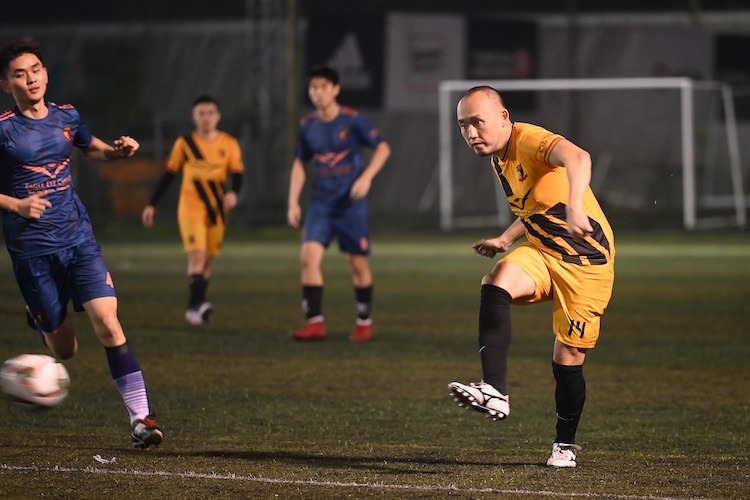
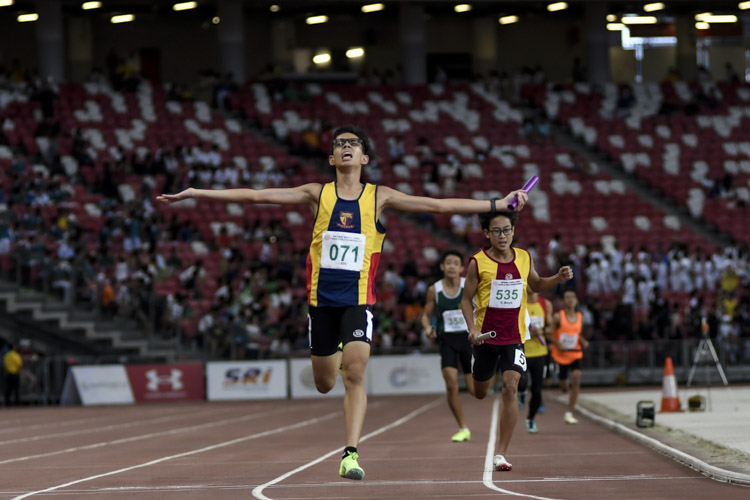
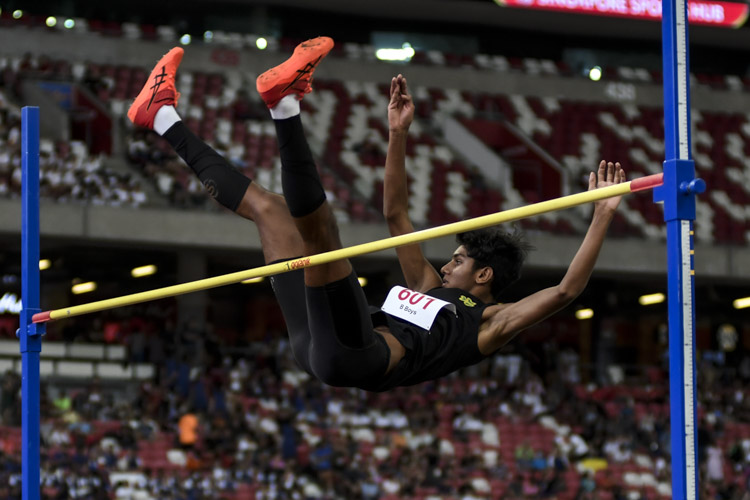
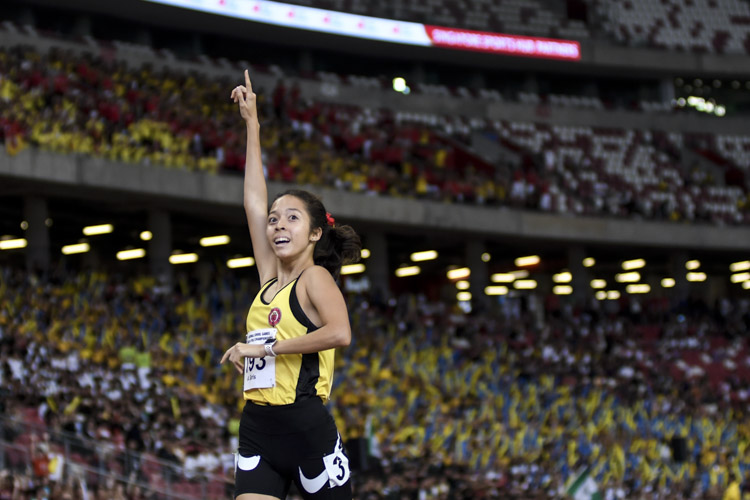
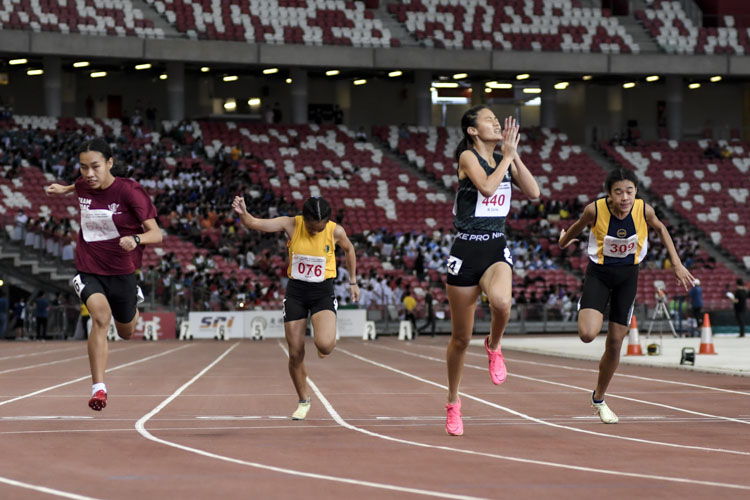
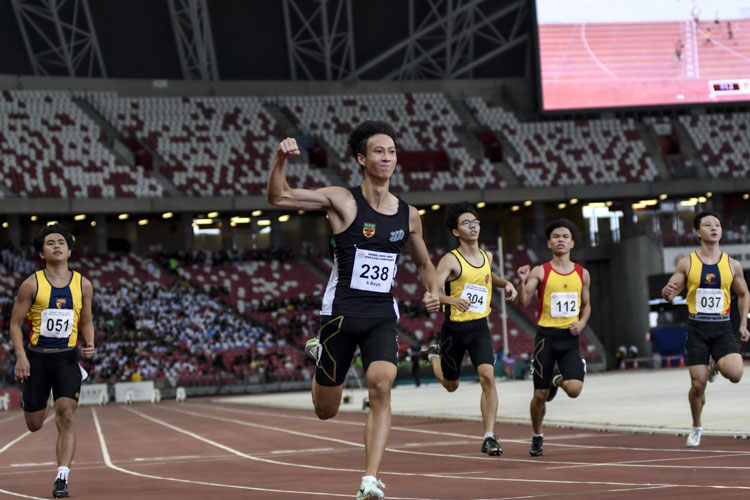
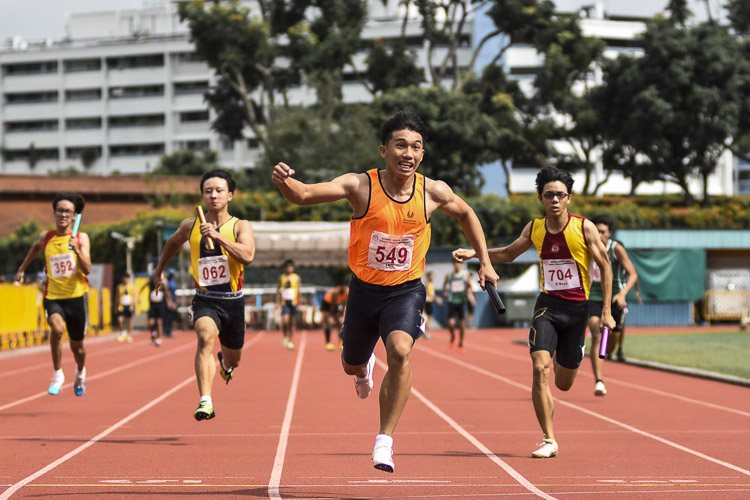
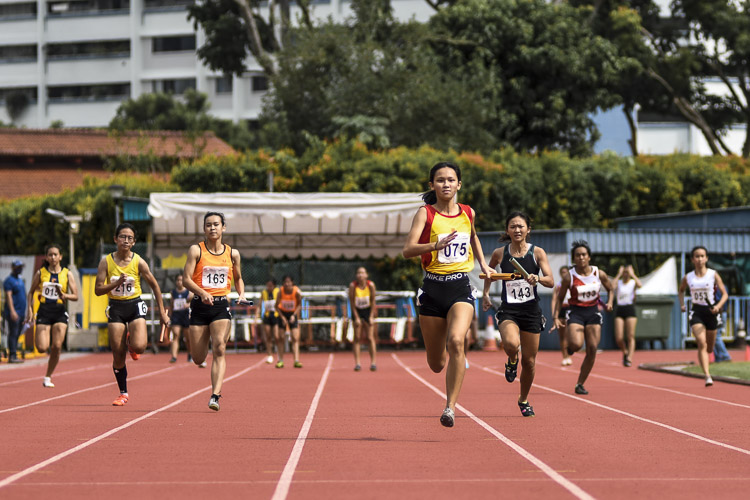
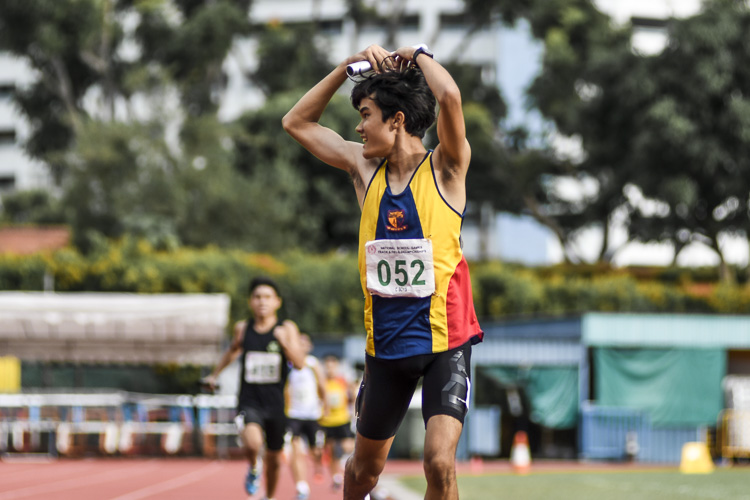
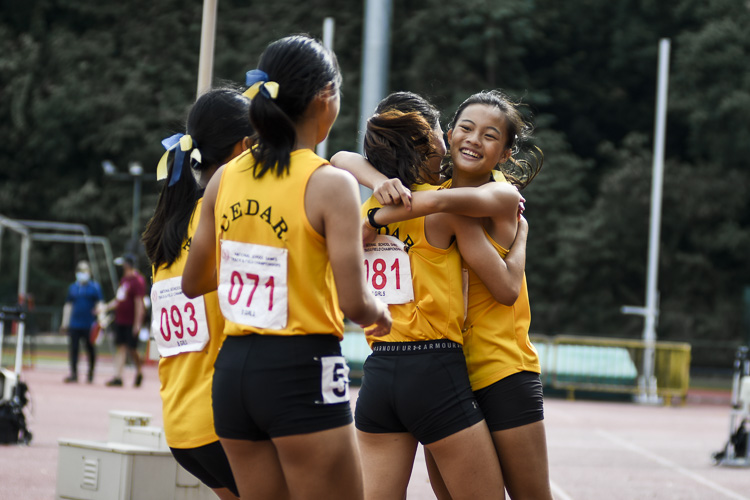
Leave A Comment